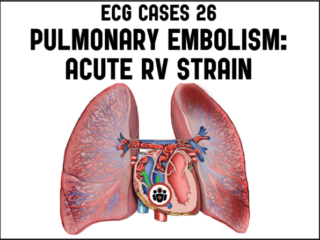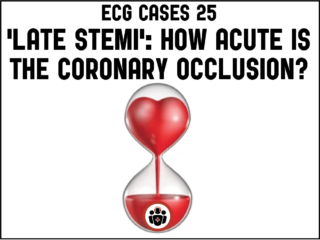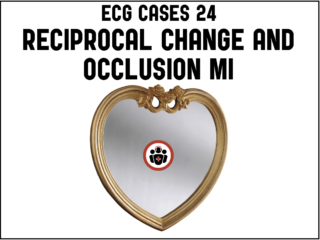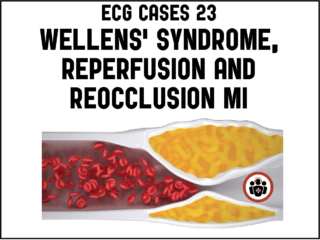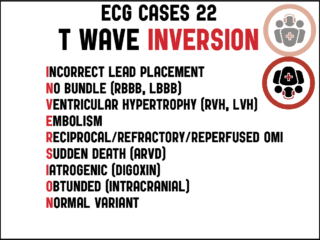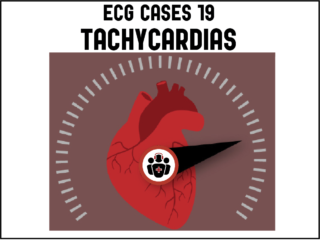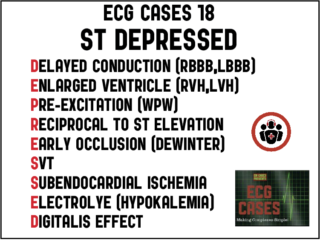ECG cases is a monthly blog by Jesse McLaren (@ECGcases), a Toronto emergency physician with an interest in emergency cardiology quality improvement and education. Each post features a number of ECGs related to a particular theme or diagnosis (with a focus on acute coronary occlusion), so you can test your interpretation skills. We challenge you with missed or delayed diagnosis, those with false positive diagnosis, and those that had a rapid and correct diagnosis. Cases are followed by a quick summary of the literature that relates to the cases, and we bring it home with practice changing pearls that you can use on your next shift.
ECG Cases 26: Pulmonary Embolism and Acute RV Strain
In this month's ECG Cases Dr. Jesse McLaren runs through 10 cases and explains how the ECG can be integral in the diagnosis and management of pulmonary embolism, even though it is not incorporated into any of the commonly used decision tools for diagnosis of pulmonary embolism...

